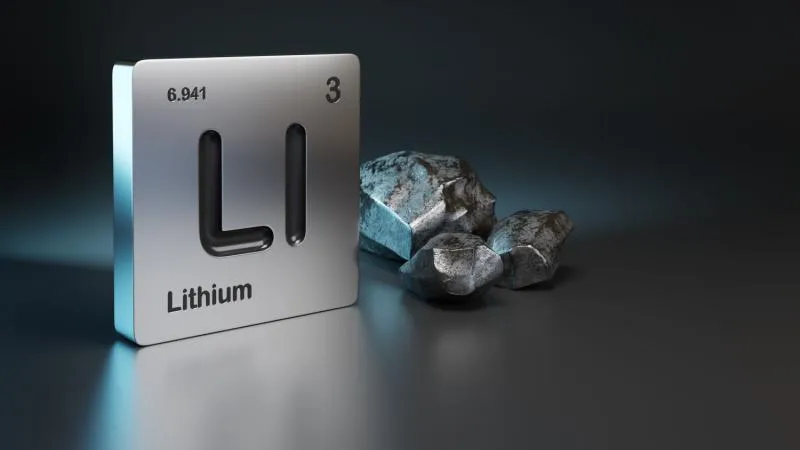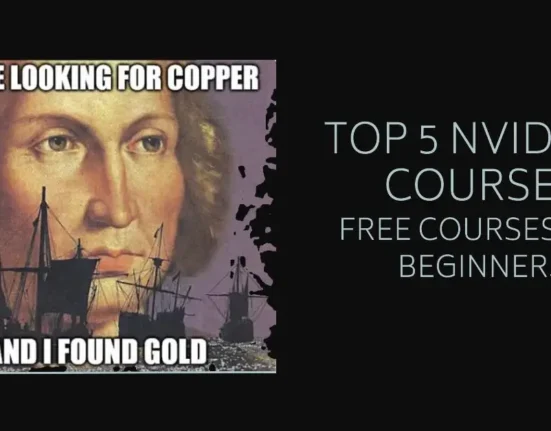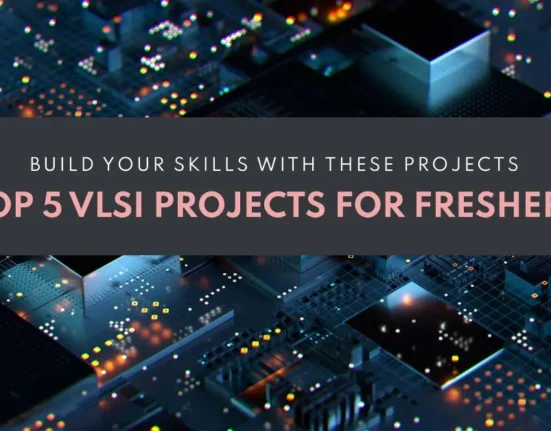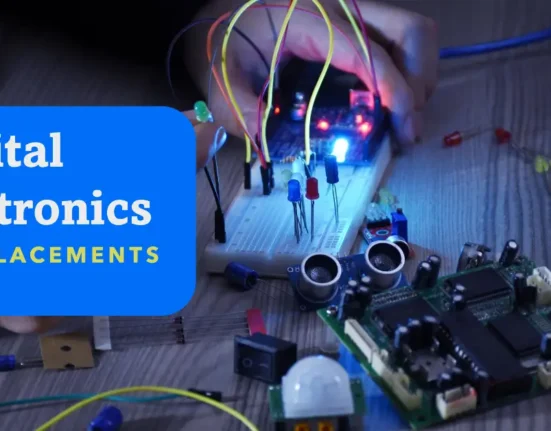In a quantum leap for scientific discovery, Microsoft’s collaboration with the Pacific Northwest National Laboratory (PNNL) has ushered in a new era of battery technology, propelled by the seamless integration of artificial intelligence (AI) and high-performance computing (HPC). This groundbreaking partnership has yielded a revolutionary material that not only addresses the challenges of lithium scarcity and environmental concerns but also paves the way for a sustainable future in energy storage.
The Quantum Discovery: Unraveling the Lithium Dilemma
 Lithium – ion batteries , metallic lithium and element symbol. 3d illustration.A recent revelation from Microsoft and PNNL introduces a solid-state electrolyte, a material previously unknown in nature, capable of reducing lithium usage in batteries by an astounding 70%. What’s exciting about this particular candidate is that it uses a combination of lithium and sodium, an abundant element and the main component of salt. Microsoft says the new material could cut down the amount of lithium used in a battery by as much as 70 percent. This material’s extraordinary properties not only promise environmental and safety benefits but also hint at significant economic advantages, marking a pivotal moment in the evolution of battery technology.
Lithium – ion batteries , metallic lithium and element symbol. 3d illustration.A recent revelation from Microsoft and PNNL introduces a solid-state electrolyte, a material previously unknown in nature, capable of reducing lithium usage in batteries by an astounding 70%. What’s exciting about this particular candidate is that it uses a combination of lithium and sodium, an abundant element and the main component of salt. Microsoft says the new material could cut down the amount of lithium used in a battery by as much as 70 percent. This material’s extraordinary properties not only promise environmental and safety benefits but also hint at significant economic advantages, marking a pivotal moment in the evolution of battery technology.The successful testing of this material in a working battery prototype, powering a lightbulb, underscores its potential for practical application. Beyond reducing the risk of fires associated with lithium-ion batteries, this breakthrough holds the key to a more efficient and sustainable energy storage solution.
Read more about Quantum Computing Chips
Quantum Synergy: AI and HPC Transforming Scientific Exploration
At the heart of this scientific breakthrough is the utilization of AI and HPC through Microsoft’s Azure Quantum Elements (AQE) platform. By employing this state-of-the-art tool, researchers rapidly navigated through a staggering 32 million potential materials, narrowing down the selection to 18 promising candidates within a mere 80 hours. This accelerated process, driven by the capabilities of AI, not only defies traditional timelines but also sets the stage for a new frontier in scientific discovery.
Microsoft’s acknowledgment of this discovery as the “first real-life example of many” in the era of AI-driven exploration emphasizes the transformative power of these technologies. The ability to expedite material screening, a process that traditionally spans decades, marks a paradigm shift in our approach to scientific innovation.
Quantum Solutions: Resolving Challenges Beyond Lithium
The significance of this quantum leap extends beyond the reduction of lithium usage. It addresses critical challenges associated with lithium, including environmental concerns linked to mining and market shortages. As lithium remains a finite resource integral to various technologies, including smartphones and electric vehicles (EVs), finding sustainable alternatives becomes paramount.
Vijay Murugesan, a Group Leader at PNNL, emphasizes the importance of identifying new materials for increased energy storage needs, particularly those made from sustainable resources. This newfound material not only provides a solution to lithium scarcity but aligns with the global push for environmentally conscious technologies.
Click Here to learn more.
Quantum Future: Shaping a Sustainable Tomorrow
As the discovery unfolds, the potential to reshape the energy storage landscape becomes evident. The reduction in lithium usage, combined with the promise of safer and more environmentally friendly batteries, positions this breakthrough as a cornerstone for a sustainable energy future. While challenges such as conductivity issues in the solid-state electrolyte must be addressed, ongoing research underscores the commitment to creating the next generation of batteries needed for a renewable energy-powered world.




